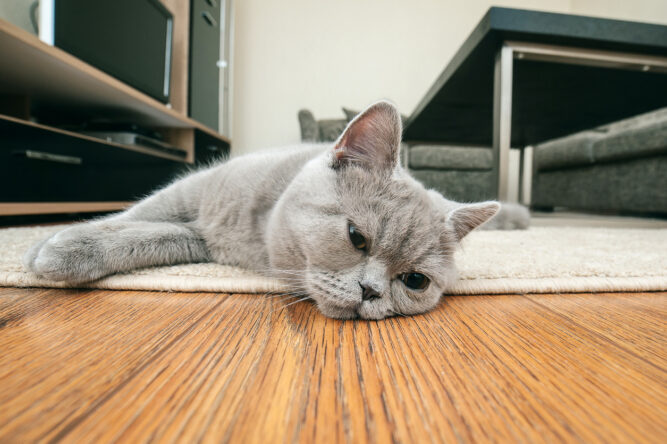Cat paws are one of those underrated little wonders—soft, silent, and weirdly powerful.
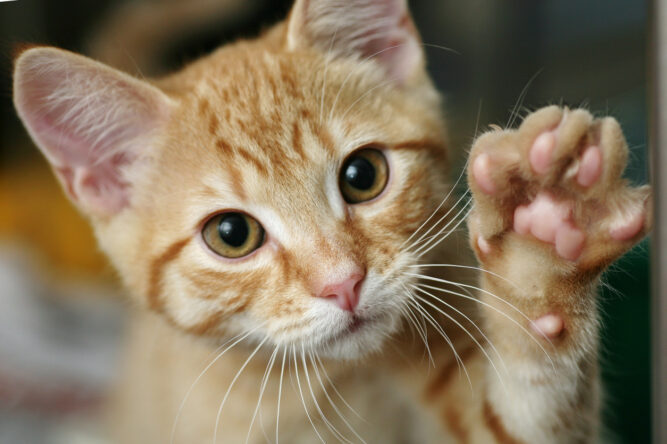
They might look like tiny pillows, but they’re doing way more than just being cute. From hunting to heat regulation to full-blown attitude, paws are where a lot of a cat’s magic happens. If you’ve ever stared at those toe beans and thought, “What’s really going on here?”—this one’s for you. Here’s everything you never knew you needed to know about cat paws.
1. Toe beans are basically shock absorbers.
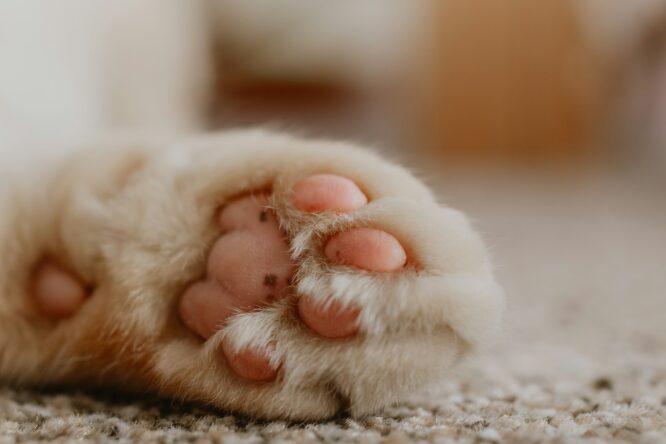
Those squishy paw pads aren’t just adorable—they’re functional. They help absorb impact when cats jump from high places or land after sprinting across the room like maniacs at 3 a.m. The softness gives them stealth, cushioning, and control. They’re also how cats move so silently. That quiet padding isn’t just for style. It’s how they sneak up on prey (or you, mid-nap). Every silent step is thanks to those built-in shock absorbers.
2. Cats actually sweat through their paws.
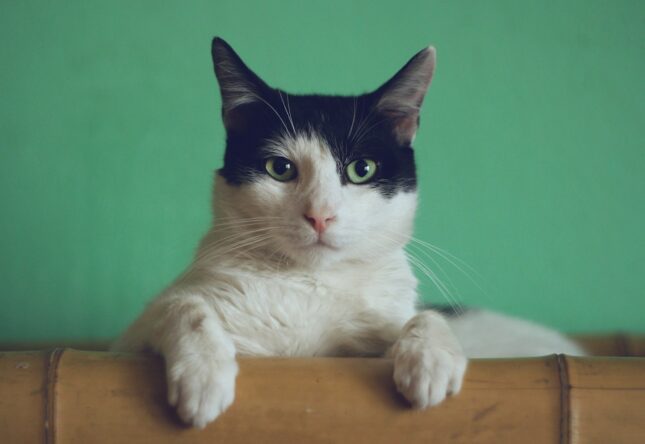
While cats don’t pant the way dogs do, they do have sweat glands, and they’re all located in their paw pads. So when it’s hot, stressed, or they’ve just been to the vet, you might notice damp little prints where they walk. It’s one of the few ways cats can regulate their temperature, especially in warmer months. If your cat’s leaving sweat marks, it’s not weird—it’s just feline biology doing its best to stay cool under pressure.
3. Their claws are retractable for a reason.
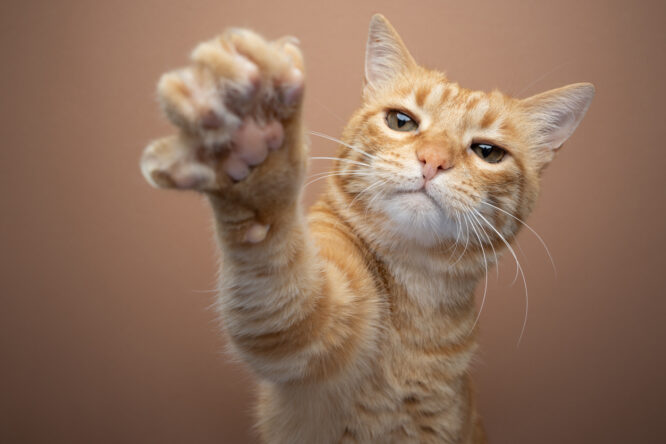
Unlike dogs, cats can pull their claws in when they don’t need them. That keeps them sharp, clean, and ready for action. Whether it’s climbing, swatting, or precision hunting, retractable claws give them total control. It also helps protect furniture—well, sort of. They don’t *have* to use their claws, but whether they choose to is a whole other conversation. Still, this feature makes cats expert climbers and very quiet predators.
4. Their paw pads match their nose and fur.
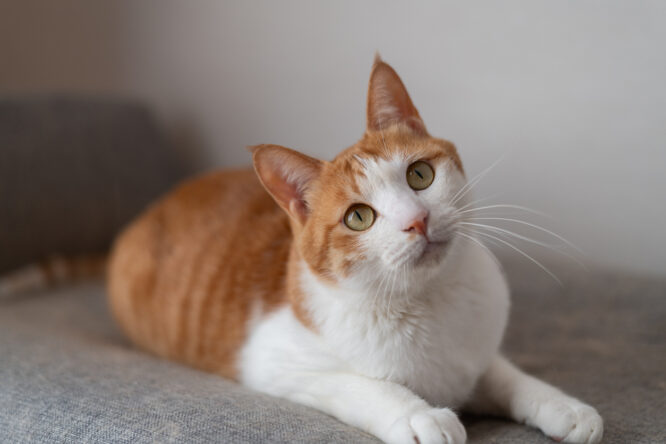
This one’s just fun: a cat’s paw pad colour usually matches their nose and fur. So black cats often have black toe beans, orange cats get pink ones, and tuxedos might have a mix of both. Nature’s little colour-coordination moment. It doesn’t change anything health-wise, but it’s a sweet detail that adds to their personality. It’s like a built-in design feature, customised to their coat, and it makes each cat that little bit more unique.
5. Paw licking is part grooming, part stress relief.
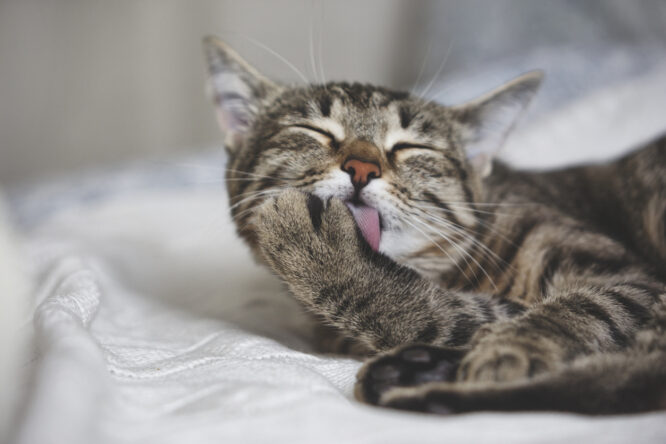
If your cat is constantly cleaning their paws, don’t panic. It’s part of their regular grooming routine, but it can also be a self-soothing behaviour when they’re anxious or overstimulated. If it gets excessive, or they’re chewing instead of licking, it could be a sign of something else (like allergies or boredom). But in general, a little paw attention is just them doing maintenance—feline spa-style.
6. Their paws are insanely sensitive.
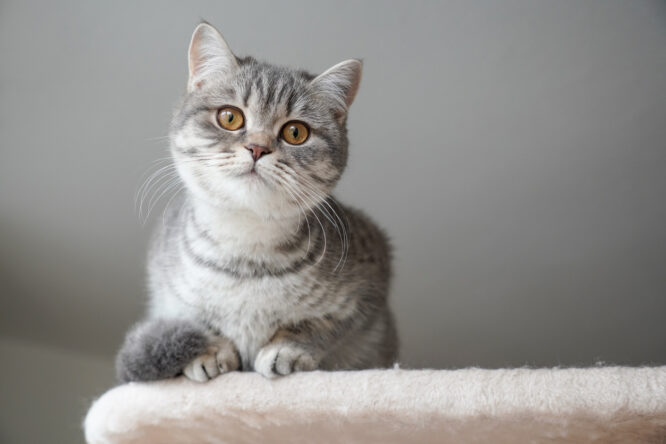
There are tons of nerve endings in cat paws, which makes them super responsive to textures, temperatures, and even vibrations. This sensitivity helps them navigate, stalk prey, and sense movement before it happens. It also explains why a lot of cats don’t love their paws being touched. They’re not being difficult—they’re just wired to protect those sensory hotspots. Always ask before going in for the toe bean grab.
7. Cats use their paws to test the waters, so to speak.
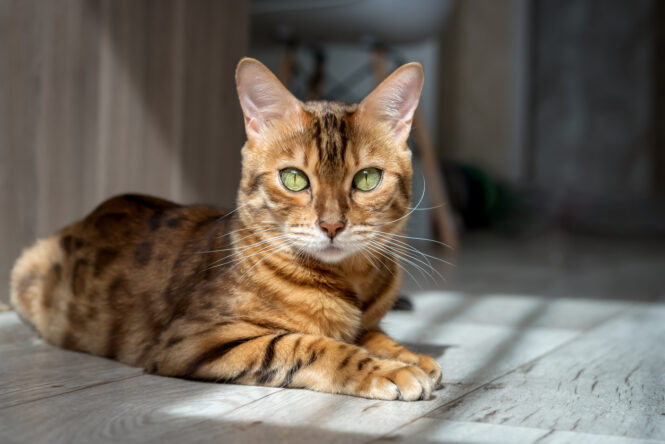
You’ll often see cats dip a paw in their water bowl or poke at things before committing to interaction. That’s because their paws are like little testers—they help measure temperature, depth, and safety before jumping in. It’s not random behaviour; it’s smart. They’re checking the situation before fully engaging. It’s how they stay cautious and avoid unnecessary surprises. Basically, cats are tactile strategists.
8. Scratching is way more than just claw care.
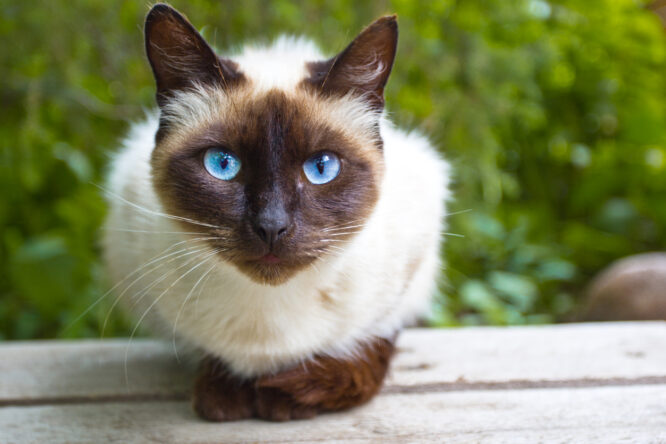
Scratching posts aren’t just about nail maintenance—they’re part muscle stretch, part stress release, and part territory marker. Cats have scent glands in their paws, so scratching leaves behind both a visual mark and a scent signal. It’s a full-body ritual that keeps them healthy and emotionally regulated. That’s why redirecting scratching behaviour works better than trying to stop it completely. Give them the right tools, and they’ll use them well.
9. They can feel vibrations through their paws.
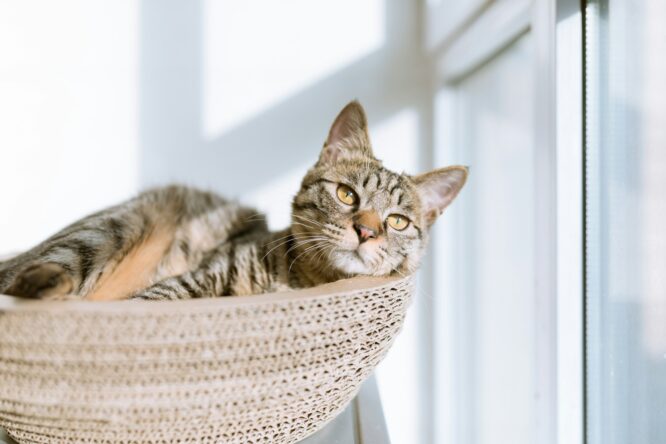
Those soft pads are more than just cute—they’re sensitive enough to pick up on vibrations in the ground. This helps outdoor cats sense approaching footsteps, cars, or even prey hiding nearby. It’s a survival trait that’s still wired into indoor cats, even if the only thing they’re tracking is a Roomba. Those paws are basically tiny radar systems for their environment.
10. Winter weather is rough on their paws.
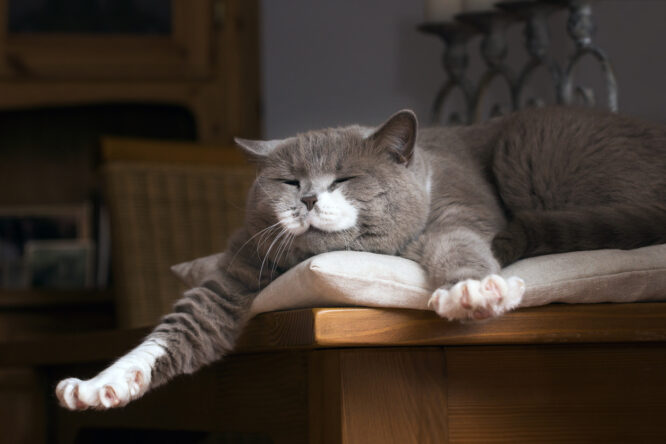
Just like human skin, cat paw pads can crack or dry out in cold weather. Ice, salt, and rough ground can all take a toll, especially if your cat goes outside during winter months. You can help protect them by wiping their paws after they come inside, or using a paw balm if they’re getting dry or irritated. It’s small stuff, but it can make a big difference in their comfort.
11. Some cats are polydactyl (and it’s totally normal).
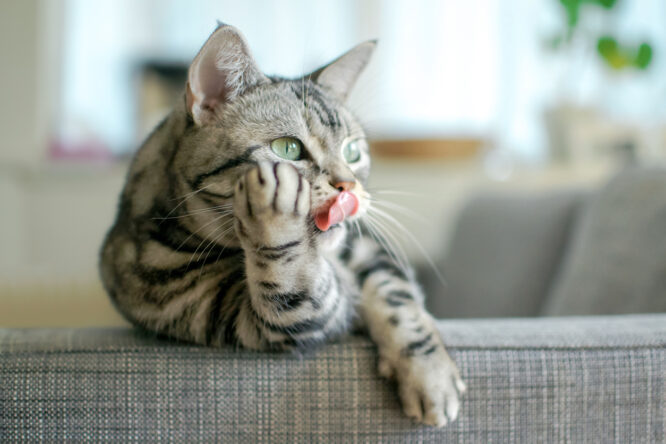
Polydactyl cats are born with extra toes—usually on the front paws, but sometimes on all four. It’s a harmless genetic trait that makes their paws look oversized, mitten-like, or just plain funky. These extra toes don’t cause problems unless the claws aren’t trimmed regularly. And in some parts of the world (looking at you, Hemingway House), polydactyl cats are considered lucky. Weird paws, big charm.
12. Paws play a role in how cats communicate.
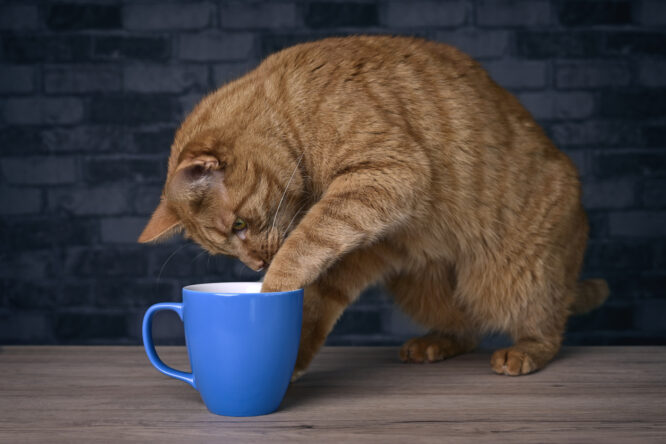
From gentle paw taps to full-on bops, cats use their paws to express everything from affection to annoyance. A slow reach could be a bid for attention, while a quick swat is clearly a “back off.” They might not bark or whine like dogs, but their paws speak volumes. If you watch closely, they’re constantly using them to feel, flirt, test, or set a boundary. It’s low-key communication with high-key meaning.

